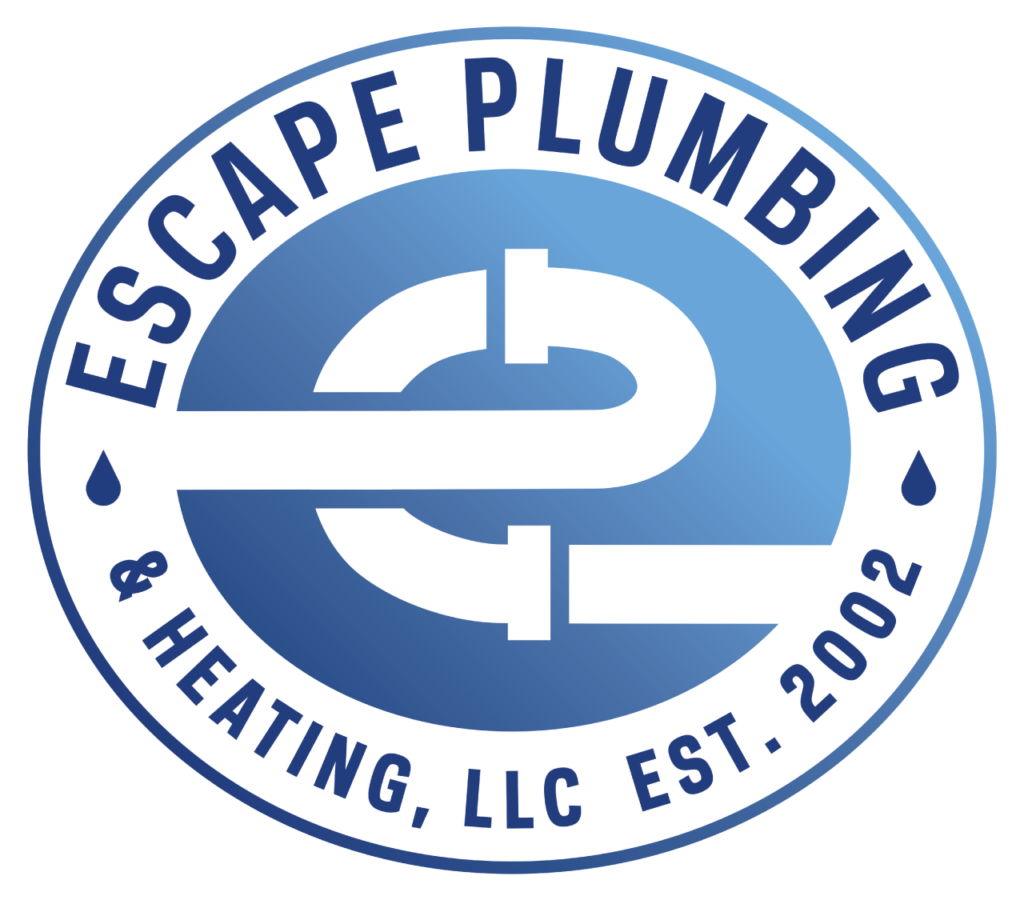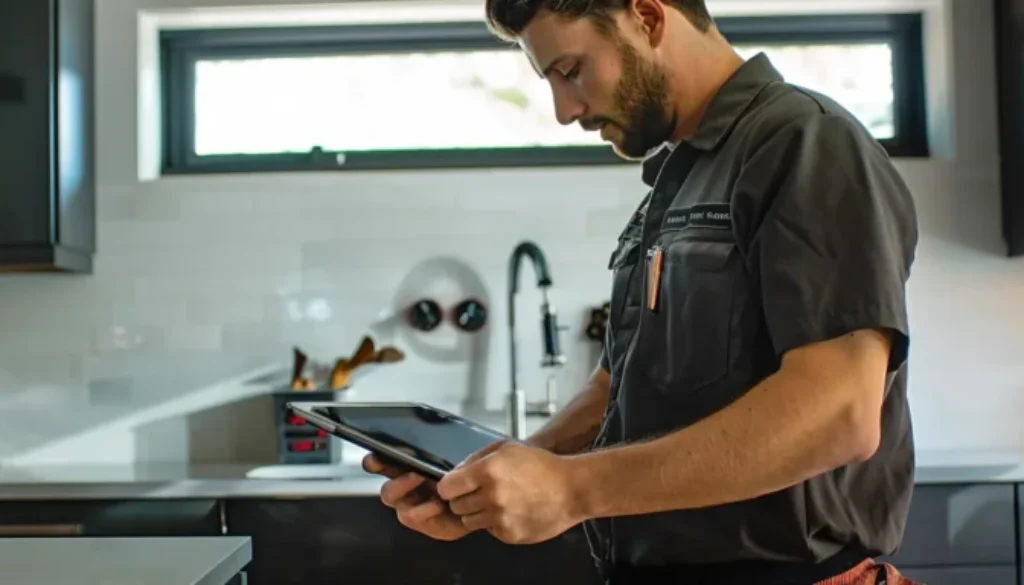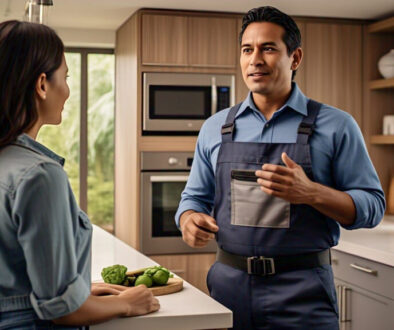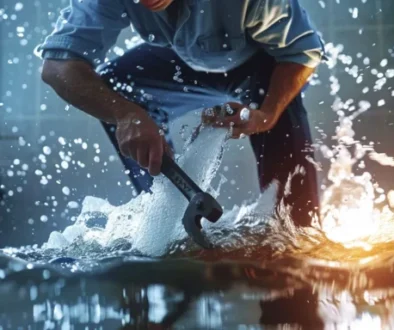The Role of Plumbing Inspections in Risk Management
Regular plumbing inspections can prevent costly water damage and repairs. This article covers the importance of routine checks, signs of plumbing issues, and what to expect during an inspection. Readers will learn how to prepare their homes for inspections, understand associated costs, and find qualified professionals. By following these tips, homeowners can protect their properties and avoid unexpected plumbing emergencies.
Understand the Importance of Routine Plumbing Inspections
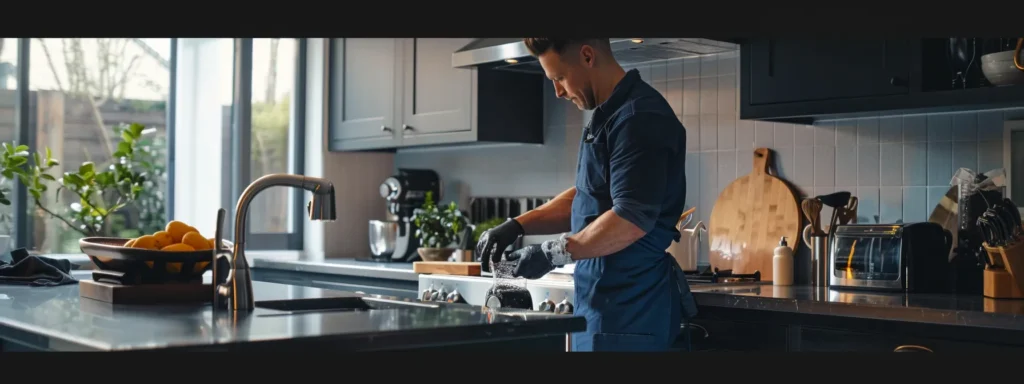
Regular plumbing inspections are crucial for maintaining a healthy home. They help identify common issues, from minor leaks to potential gas problems, before they escalate. Proactive inspections offer numerous benefits, including improved water pressure and reduced risk of costly repairs. By understanding the importance of routine checks, homeowners can protect their property and avoid unexpected maintenance expenses.
Identify Common Plumbing Issues at Home
Homeowners should be aware of common plumbing issues that can arise, especially during kitchen renovations or when trees interfere with underground pipes. Leaks, often hidden behind walls or under fixtures, can lead to significant water damage if left undetected. Regular inspections help identify these plumbing problems early, preventing costly repairs and ensuring the longevity of the home’s plumbing system:
| Common Plumbing Issue | Potential Cause | Prevention Method |
|---|---|---|
| Hidden leaks | Worn pipes, faulty connections | Regular inspections, moisture detection |
| Tree root intrusion | Aging underground pipes | Root barriers, pipe lining |
| Kitchen sink clogs | Grease buildup, food particles | Proper disposal habits, drain screens |
Recognize the Benefits of Proactive Inspections
Proactive plumbing inspections offer significant benefits for homeowners, including early detection of potential issues with water systems, pumps, and heating equipment. Regular checks can identify problems with furnaces or heat pumps before they lead to costly breakdowns, ensuring efficient operation and extending the lifespan of these vital components. By employing advanced diagnostic technology, professional inspectors can pinpoint hidden leaks or inefficiencies in plumbing systems, helping homeowners save on water bills and prevent water damage to their property.
Learn How Inspections Prevent Costly Repairs
Regular plumbing inspections conducted by skilled residential plumbers prevent costly repairs by identifying issues early. These professionals assess residential plumbing systems, including those in houses located in Litchfield CT, to detect potential problems before they escalate. By addressing minor issues promptly, homeowners can avoid major expenses and keep their plumbing budget under control, ensuring the longevity and efficiency of their home’s plumbing infrastructure.
Learn Key Signs That Indicate Plumbing Problems
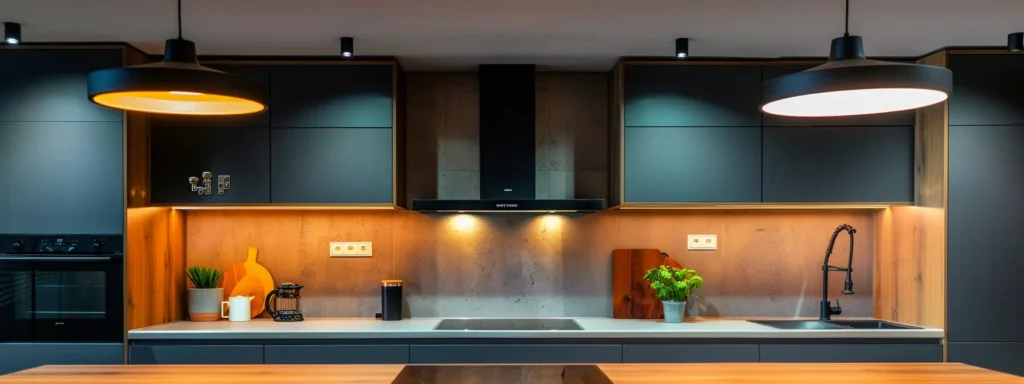
Recognizing early signs of plumbing issues can prevent costly repairs and maintain indoor air quality. Homeowners should watch for leaks in walls and ceilings, notice changes in water pressure and drainage, and observe unusual noises from pipes or fixtures. Understanding these indicators helps identify potential problems with water lines, sump pumps, or other plumbing components, ensuring timely repairs by licensed plumbing professionals skilled in brazing and other specialized techniques.
Watch for Leaks in Walls and Ceilings
Homeowners should remain vigilant for signs of leaks in walls and ceilings, as these can indicate serious plumbing issues. Water stains, discoloration, or bubbling paint on walls or ceilings near bathrooms, kitchens, or laundry areas may suggest hidden leaks in pipes or fixtures. Prompt detection and plumbing repair of these leaks can prevent extensive damage to the home’s structure and avoid costly repairs to boilers or other plumbing systems. Regular inspections by professional plumbing services in Litchfield County can help identify and address potential problems before they escalate, ensuring the integrity of the home’s plumbing infrastructure from the toilet to the Mohawk Mountain Ski Area vacation home.
Notice Changes in Water Pressure and Drainage
Changes in water pressure and drainage serve as critical indicators of plumbing issues in homes. A sudden drop in water pressure or slow drainage in the bathtub may signal problems with pipes or fixtures. Prompt attention to these signs can prevent more extensive damage and costly repairs:
- Reduced water pressure in faucets or showerheads
- Slow draining sinks or bathtubs
- Gurgling sounds from drains
- Uneven water pressure throughout the property
Observe Any Unusual Noises From Pipes or Fixtures
Unusual noises from pipes or fixtures can indicate underlying plumbing issues that require immediate attention. Plumbers often encounter customers reporting banging, whistling, or gurgling sounds in their water supply or drainage systems. These noises may signal problems with water pressure, loose pipes, or blockages in the floor drains. Prompt investigation of these sounds can prevent more serious issues and ensure the smooth operation of a home’s plumbing system:
| Noise Type | Possible Cause | Recommended Action |
|---|---|---|
| Banging | Water hammer | Install air chambers |
| Whistling | High water pressure | Adjust pressure regulator |
| Gurgling | Drain blockage | Clear obstruction |
Prepare Your Home for a Plumbing Inspection

Preparing for a plumbing inspection saves homeowners time and money. Proper preparation involves clearing access to pipes and fixtures, gathering documentation of past issues, and creating a list of concerns. This process helps inspectors efficiently assess the plumbing system, including water heaters and heat-related components. Regular inspections prevent costly repairs and ensure the plumbing functions optimally.
Clear Access to Pipes and Plumbing Fixtures
Homeowners should ensure clear access to pipes and plumbing fixtures before an inspection. This preparation allows plumbers to efficiently assess water heating systems, sump pumps, and other components within the home. By removing obstacles and organizing data about previous issues, homeowners enable inspectors to gather comprehensive information during their professional evaluations:
| Area to Clear | Reason | Benefit |
|---|---|---|
| Under sinks | Access to pipes | Thorough inspection |
| Water heater area | Safety check | Prevent leaks |
| Basement | Sump pump access | Flood prevention |
Gather Documentation of Past Plumbing Issues
Homeowners should compile documentation of past plumbing issues before a local plumbing inspection. This includes records of previous repairs, receipts for tool purchases, and insurance claims related to plumbing problems. By organizing this information, homeowners provide inspectors with valuable context about their shower, drain, and overall plumbing system history. This preparation enables a more thorough assessment and can lead to more effective solutions:
| Document Type | Importance | Impact on Inspection |
|---|---|---|
| Repair records | Shows recurring issues | Guides focus areas |
| Tool receipts | Indicates DIY attempts | Assesses potential risks |
| Insurance claims | Highlights major incidents | Prioritizes prevention |
Create a List of Concerns to Discuss With the Inspector
Homeowners should create a comprehensive list of concerns to discuss with their residential plumber during an inspection in Connecticut. This list should include any observed issues such as slow drains, water pressure fluctuations, or signs of water damage. By documenting these concerns, homeowners enable inspectors to address specific problems efficiently, potentially preventing emergency plumbing situations. A well-prepared list ensures a thorough inspection and helps prioritize necessary repairs:
| Concern | Potential Issue | Inspection Focus |
|---|---|---|
| Slow drains | Blockage or pipe damage | Drain line inspection |
| Water pressure changes | Pipe corrosion or leaks | Pressure testing |
| Visible water stains | Hidden leaks | Moisture detection |
Understand What Happens During Plumbing Inspections
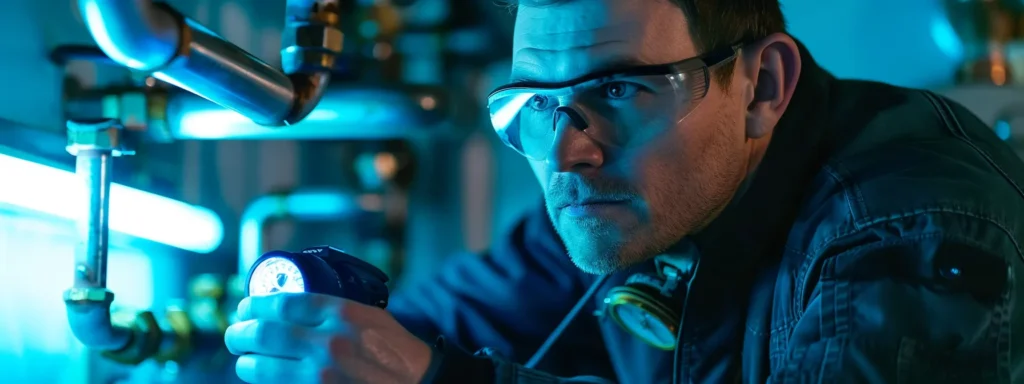
Plumbing inspections involve a systematic review of a home’s plumbing and heating systems. Professionals use specialized tools and techniques to assess the condition of pipes, fixtures, and appliances. These comprehensive checks cover various areas of the plumbing system, including leak detection and policy compliance. Understanding the inspection process, tools used, and areas examined helps homeowners prepare for and benefit from these essential evaluations, often offered at a flat rate.
Review the Inspection Process Step-by-Step
Professional plumbing inspections follow a systematic process, examining key components from the tap to the sewer line. Inspectors start by assessing visible fixtures, such as faucets and dishwashers, before moving on to hidden plumbing elements. They use specialized tools to check for leaks, evaluate water pressure, and inspect the condition of pipes. The process typically includes:
- Visual inspection of accessible plumbing fixtures
- Pressure testing of water lines
- Camera inspection of sewer lines
- Assessment of water heater functionality
- Examination of drainage systems
Learn About Tools and Techniques Used by Plumbers
Plumbers utilize a range of specialized tools and techniques during inspections to assess plumbing systems thoroughly. They employ pipe cameras for internal examinations, pressure gauges to check water flow, and moisture meters to detect hidden leaks in bathrooms and other areas. In emergency situations, plumbers may use hydro-jetting equipment to clear severe blockages in grease traps or sewer lines. These advanced tools, combined with the plumber’s expertise in construction and plumbing systems, enable them to diagnose issues accurately and recommend appropriate solutions.
Know What Areas of the Plumbing System Are Checked
During plumbing inspections, professionals thoroughly examine various areas of the home’s plumbing system. They inspect sinks, basements, and septic tanks to ensure proper functionality and identify potential issues. Inspectors pay close attention to the condition of pipes, fixtures, and drains throughout the house, including those in kitchens and bathrooms. This comprehensive approach helps homeowners address problems early, potentially saving on costly home improvement projects in the future.
Find Qualified Professionals for Plumbing Inspections
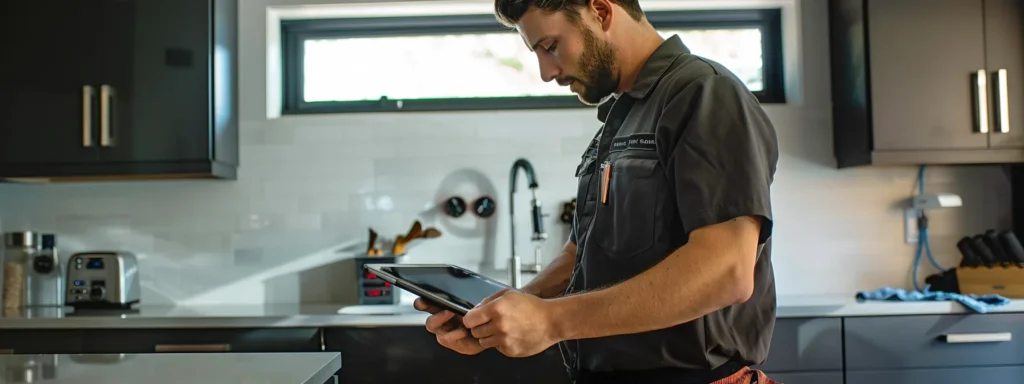
Finding qualified professionals for plumbing inspections is crucial for maintaining a home’s plumbing system. Homeowners should research local plumbing companies, verify credentials and customer reviews, and schedule inspections at convenient times. This process ensures expert assessment of all plumbing components, including sewer lines, by licensed professionals who can identify and address potential issues efficiently.
Verify Credentials and Customer Reviews
Homeowners should verify the credentials and customer reviews of plumbing professionals before scheduling inspections. Checking for proper licensing, insurance, and certifications ensures the inspector meets industry standards. Reading customer reviews on reputable platforms provides insights into the quality of service and reliability of the plumbing company. This due diligence helps homeowners select experienced professionals who can accurately assess their plumbing systems and provide trustworthy recommendations.
Schedule Inspections at Convenient Times for Your Home
Homeowners should schedule plumbing inspections at convenient times to minimize disruption to their daily routines. Many plumbing companies offer flexible appointment options to accommodate busy schedules. By choosing a time when water usage is typically low, such as mid-morning or early afternoon, inspectors can thoroughly assess the plumbing system without inconveniencing residents. Coordinating inspection times with other home maintenance tasks can streamline the process and ensure comprehensive coverage of all household systems:
- Choose off-peak hours for minimal disruption
- Coordinate with other home maintenance tasks
- Consider seasonal timing for specific system checks
- Plan for adequate time to address any immediate concerns
Conclusion
Regular plumbing inspections are essential for maintaining a healthy home, preventing costly repairs, and ensuring the longevity of plumbing systems. By identifying common issues early, homeowners can protect their property from water damage and unexpected maintenance expenses. Preparing for inspections, understanding the process, and finding qualified professionals are crucial steps in safeguarding a home’s plumbing infrastructure. Ultimately, investing in routine plumbing inspections provides peace of mind and significant long-term savings for homeowners.
